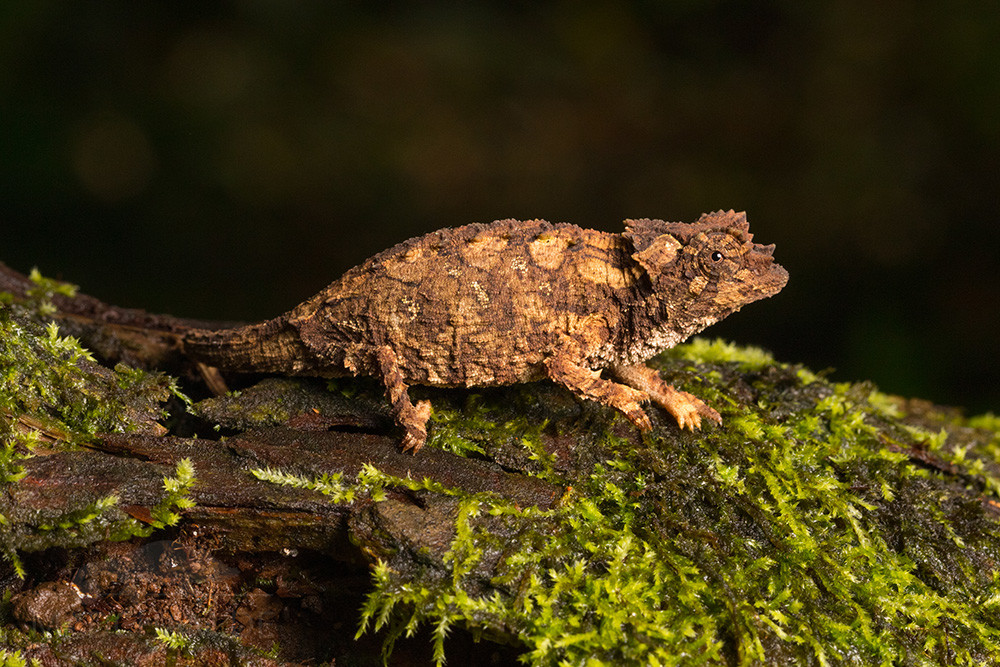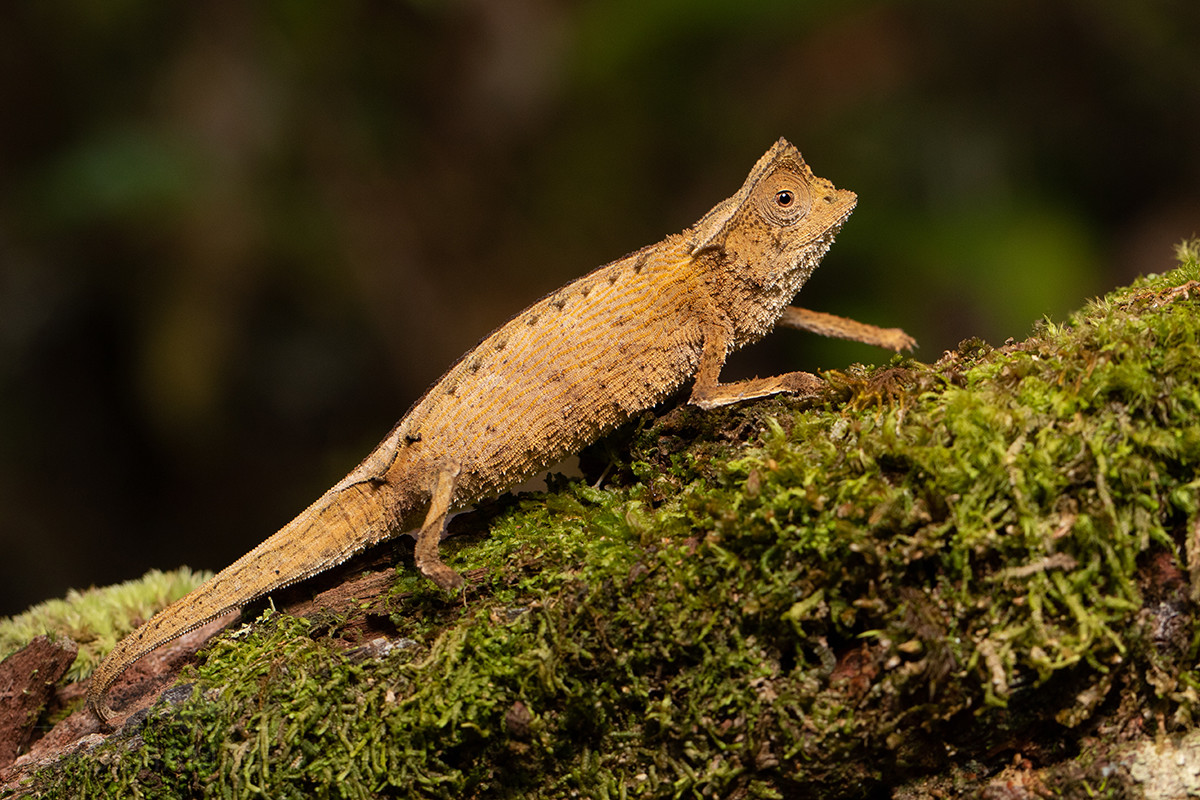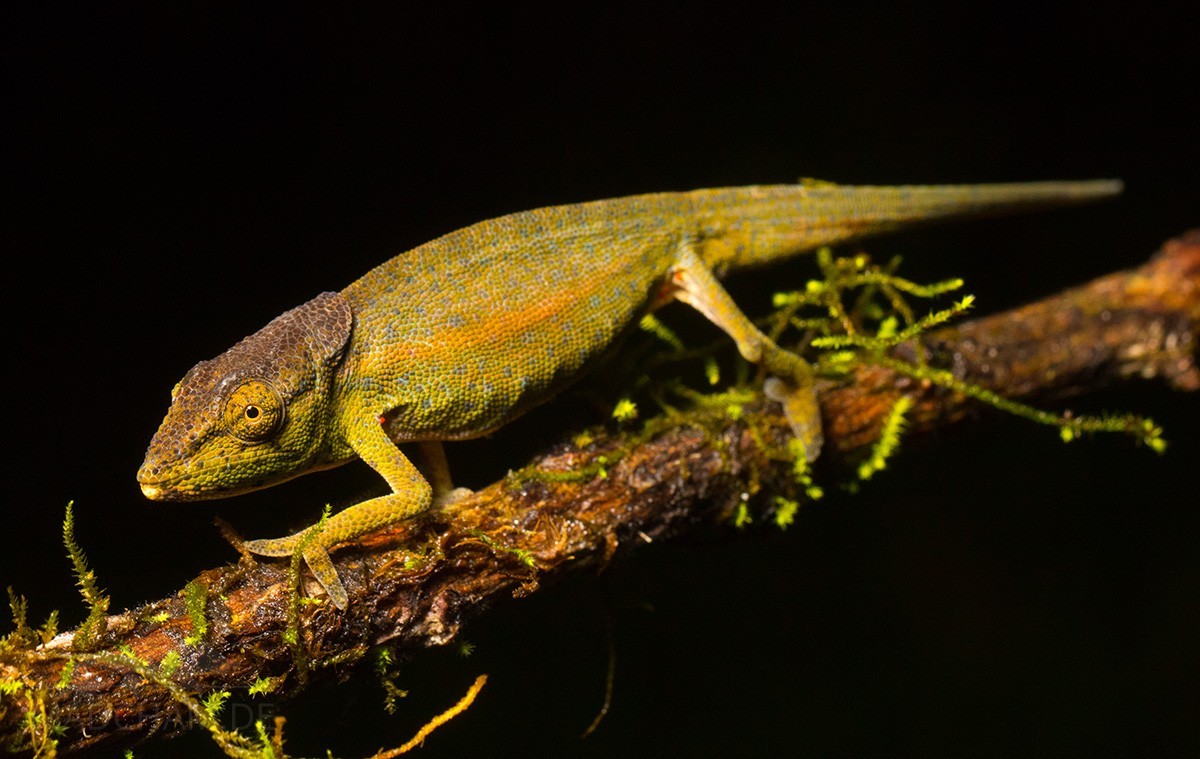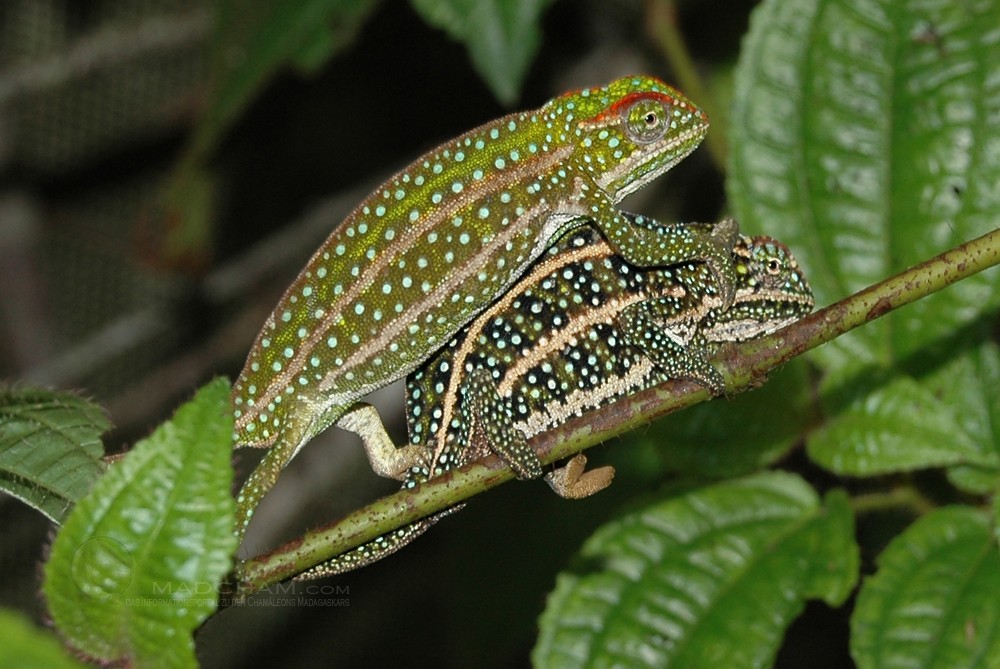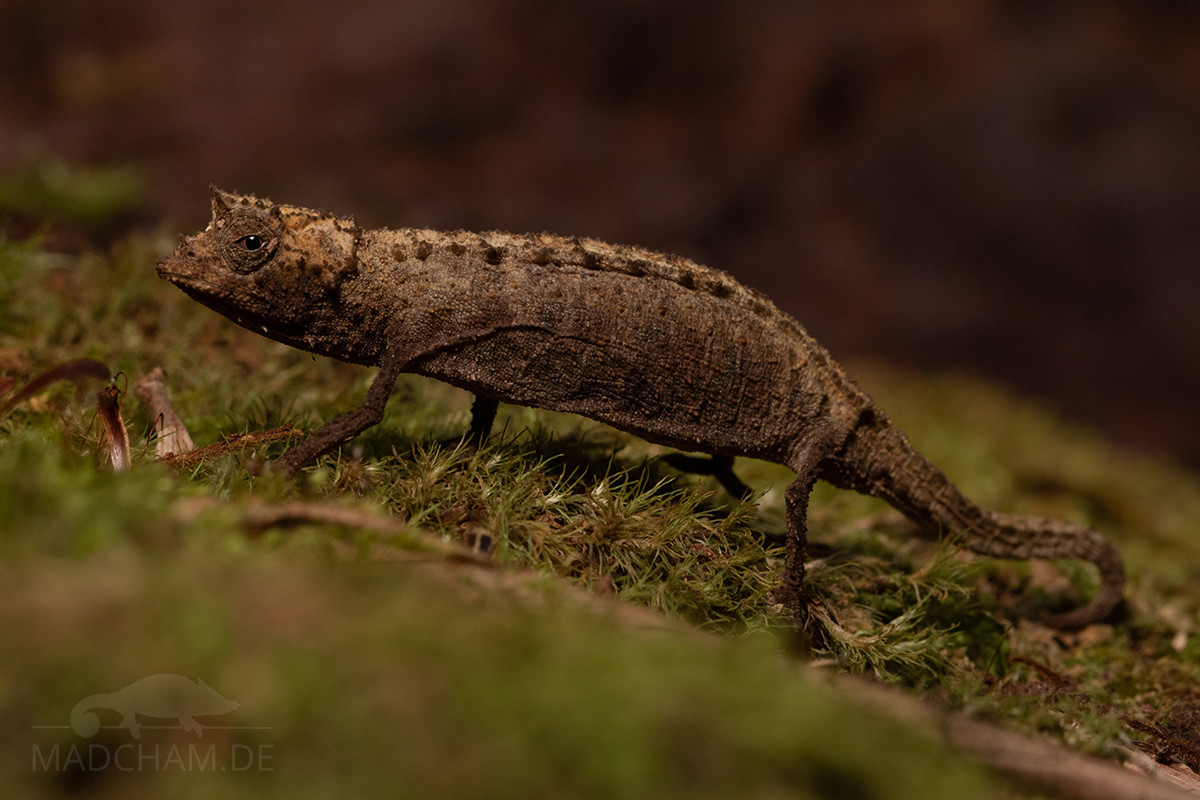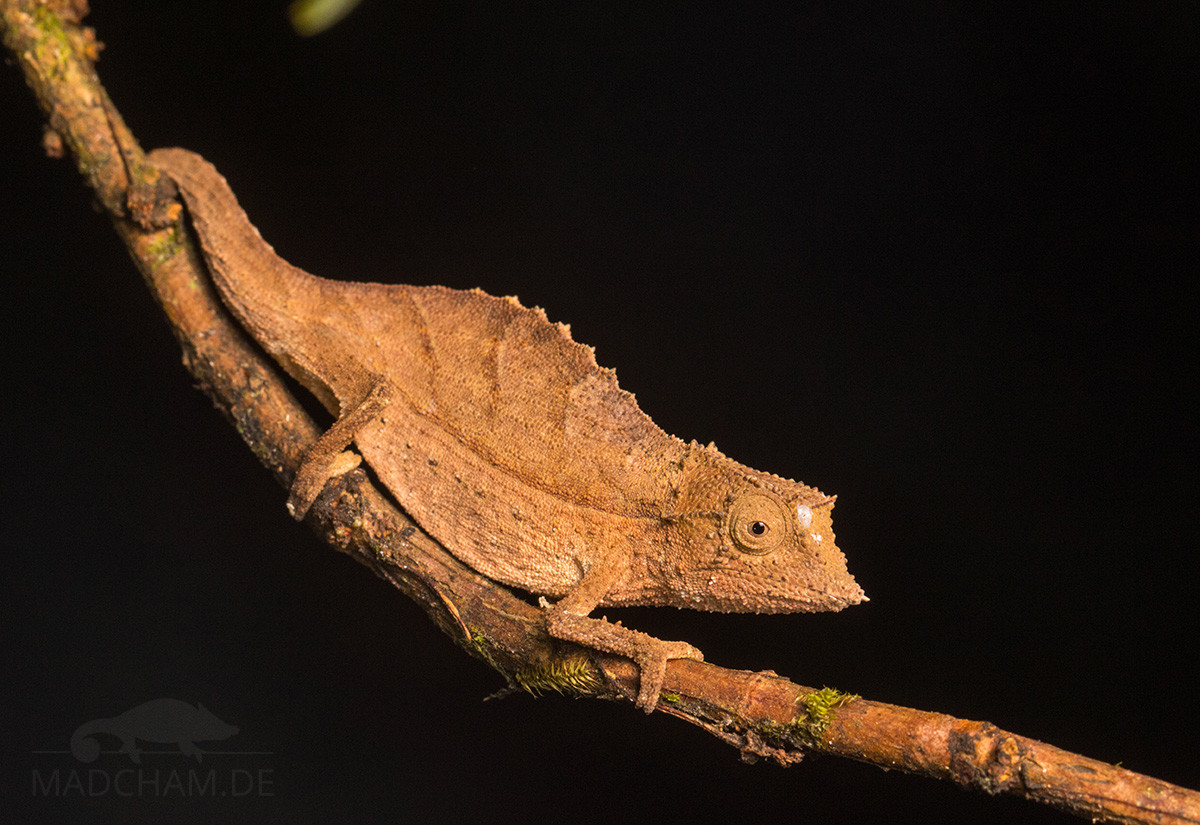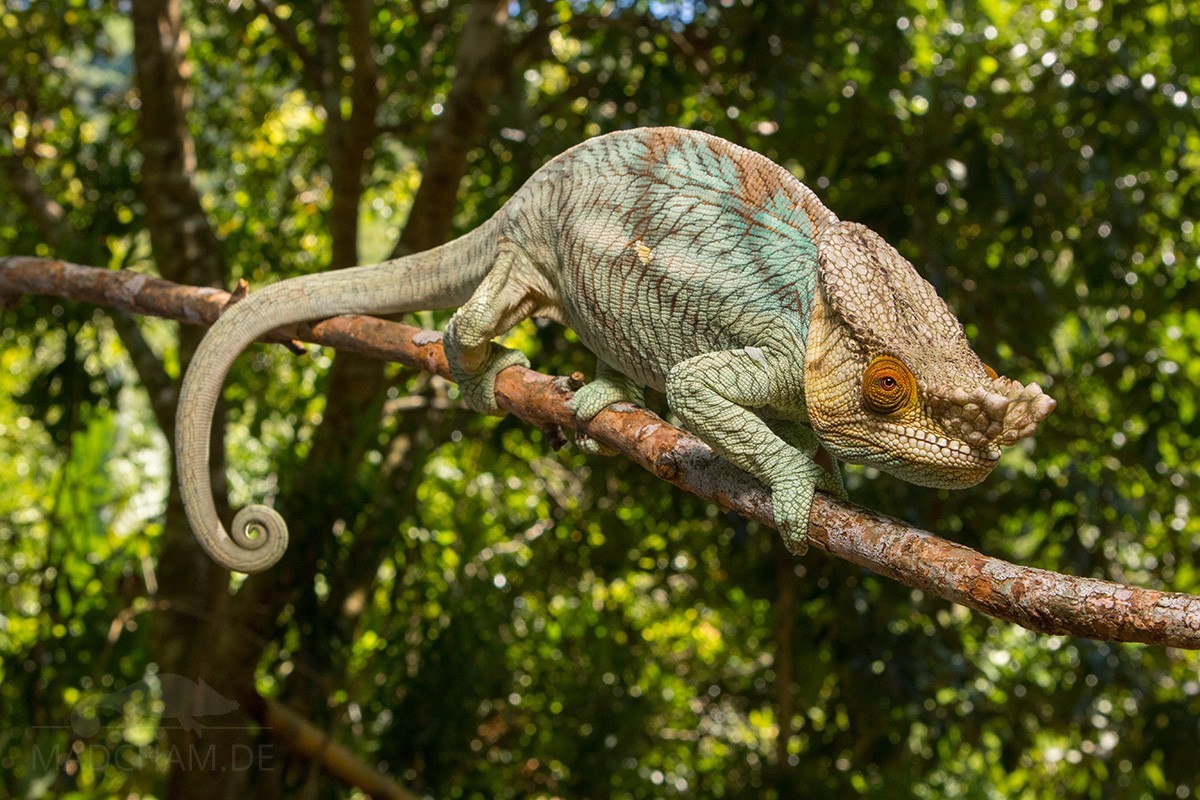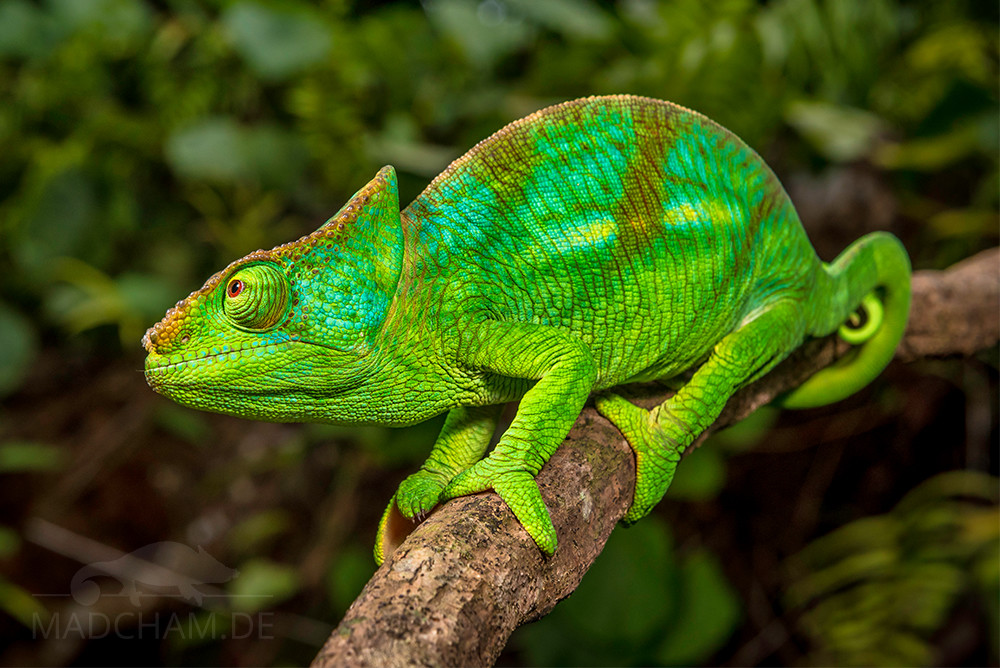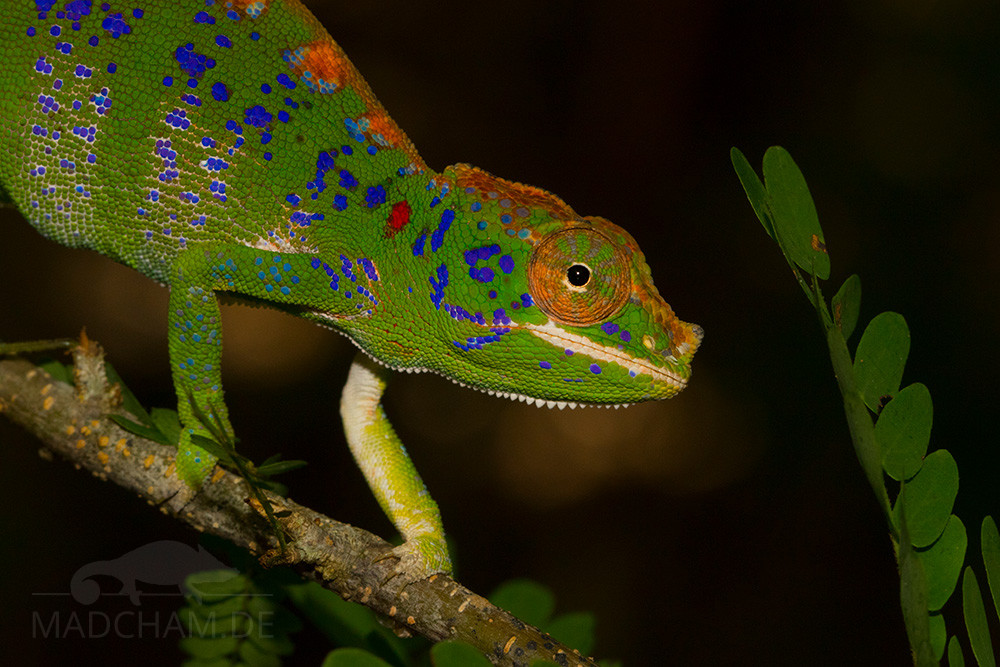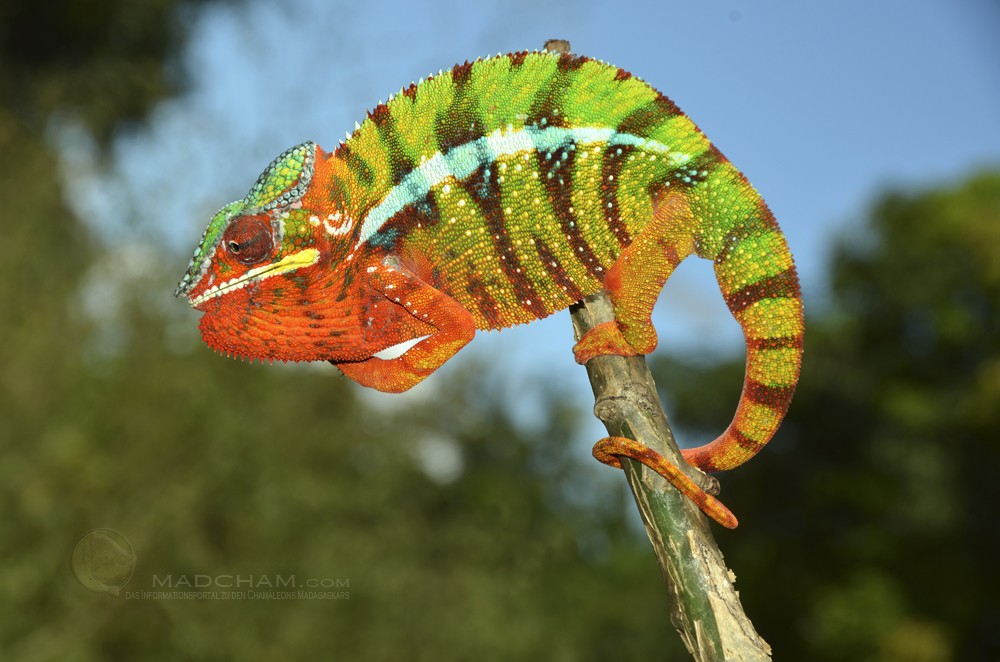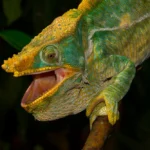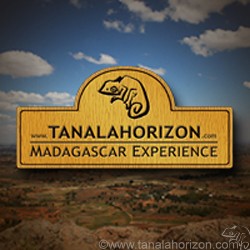Brookesia ebenaui
First description: (Boettger, 1880) Origin of the species name: The palaeontologist Oskar Böttger, then curator of the Senckenberg Museum in Francfort (Germany) wrote the original description in 1880 – still in Latin, by the...
Brookesia griveaudi
First description: Brygoo, Blanc & Domergue, 1974 Origin of the species name: Édouard-Raoul Brygoo (later working at the Natural History Museum in Paris, France), Charles Pierre Blanc and Charles Antoine Domergue from the then...
Calumma glawi
First description: Böhme, 1997 Origin of the species name: The German herpetologist Wolfgang Böhme, former head of the section for herpetology of the Museum König in Bonn (Germany), named this chameleon species in honor...
Furcifer campani
First description: (Grandidier, 1872) Origin of the species name: The French naturalist Alfred Grandidier visited Madagascar three times between 1865 and 1868, traveling almost the entire island and producing one of the first maps...
Brookesia karchei
First description: Brygoo, Blanc & Domergue, 1970 Origin of the species name: Édouard-Raoul Brygoo (later working at the Natural History Museum in Paris, France), Charles Pierre Blanc and Charles Antoine Domergue from the then...
Palleon nasus
First description: (Boulenger, 1887) Origin of the species name: The Belgian zoologist George Alber Boulenger, at that time working at the Natural History Museum in London (Great Britain), named this chameleon species after its...
Color variation “orange eye”
Distribution: Parson’s chameleons of the color variation “orange eye” occur in several areas of Madagascar’s east coast in a region between 50 km south of Toamasina (Tamatave) and Mananara. We want to introduce you...
Color variation “green giant”
Distribution: Masoala National Park is located on the peninsula of the same name in north-eastern Madagascar. At the northern end of Antongil Bay, also known as the “Cradle of Whales”, lies the small coastal...
Furcifer labordi
First description: (Grandidier, 1872) Origin of the species name: The French naturalist Alfred Grandidier visited Madagascar three times between 1865 and 1868, traveling almost the entire island and producing one of the first...
Local form Ambilobe
Distribution of the local form: Ambilobe is a big, chaotic and very poor city in northwest Madagascar, located in region Diana near Ambanja. With about 50.000 inhabitants, it is a large city that is...

